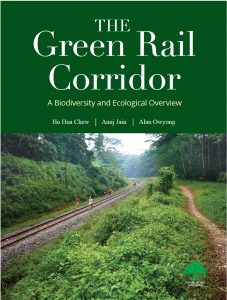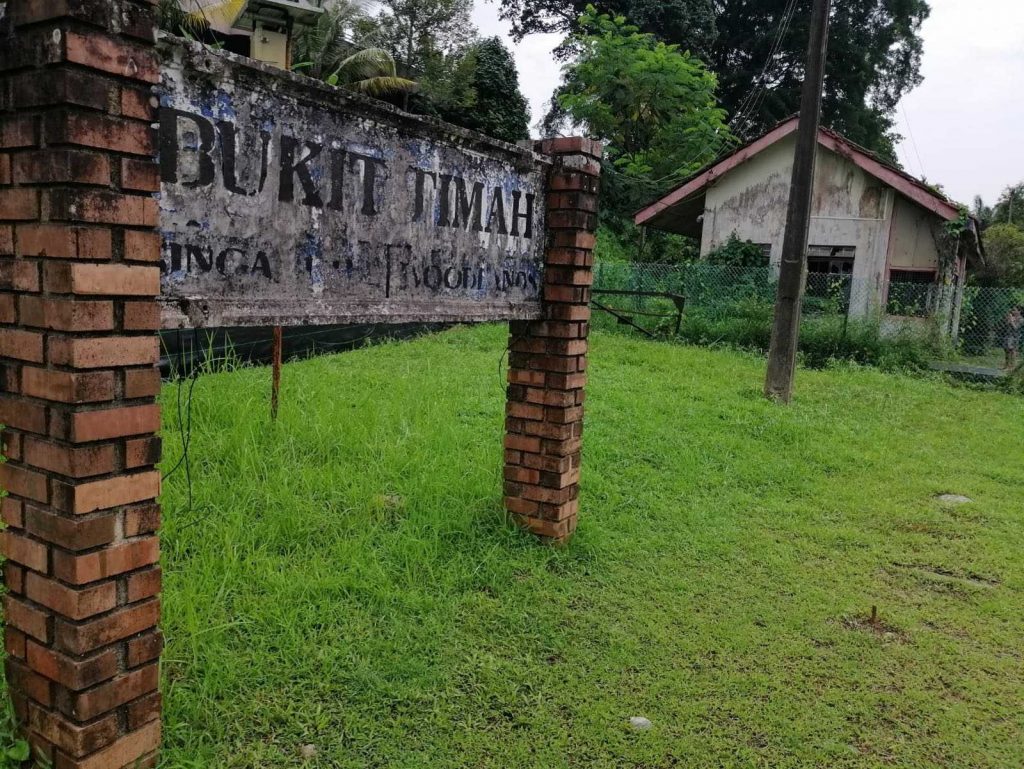22 March is World Water Day, observed by the United Nations. It has been commemorated globally for two decades.
Water and climate change issues are inextricably interlinked. Even as sea levels rise, unpredictable weather patterns have caused water shortages close to home.
In 2019, Johor in neighbouring Malaysia rationed water when water supply levels fell to dangerous lows. At Linggiu Reservoir, which provides Singapore’s water supply, levels fell to below 50 percent last year. In 2015, they fell to a historic low of 20 percent.
Water has been a bilateral sticking point between the two countries for years and this fact is not lost on our country’s leaders, as evident in a post by Masagos Zulkifli, Minister for the Environment and Water Resources.
Singapore expects demand for water to double by 2060. As climate change results in unpredictable weather patterns, we must consciously manage water consumption.
Adapting to the new realities of climate change on water will protect health, the environment and save lives. Everyone must play their part to use water more efficiently.
Do you know the 5 W.A.T.E.R tips?
- WASH clothes on full load
- ALWAYS use half-flush when possible
- TURN off shower when soaping
- ENSURE tap is off when brushing teeth
- RINSE vegetables in container
Sources: Make Every Drop Count, PUB | World Water Day, United Nations
















